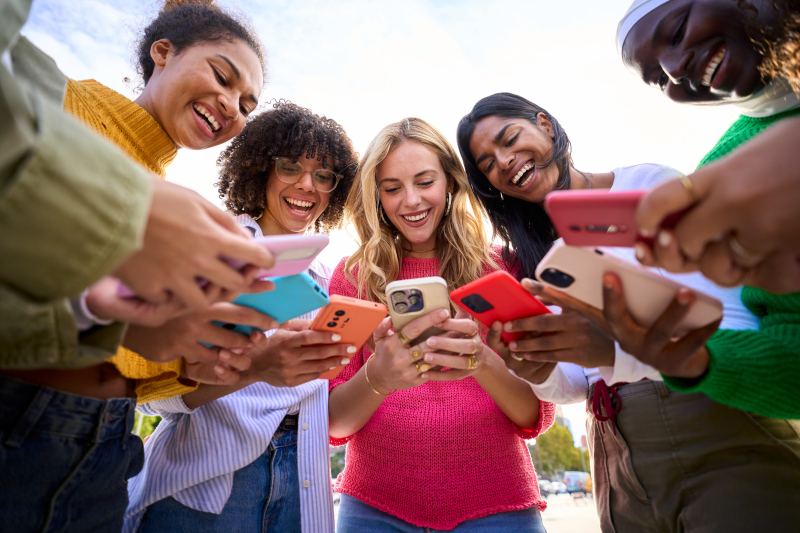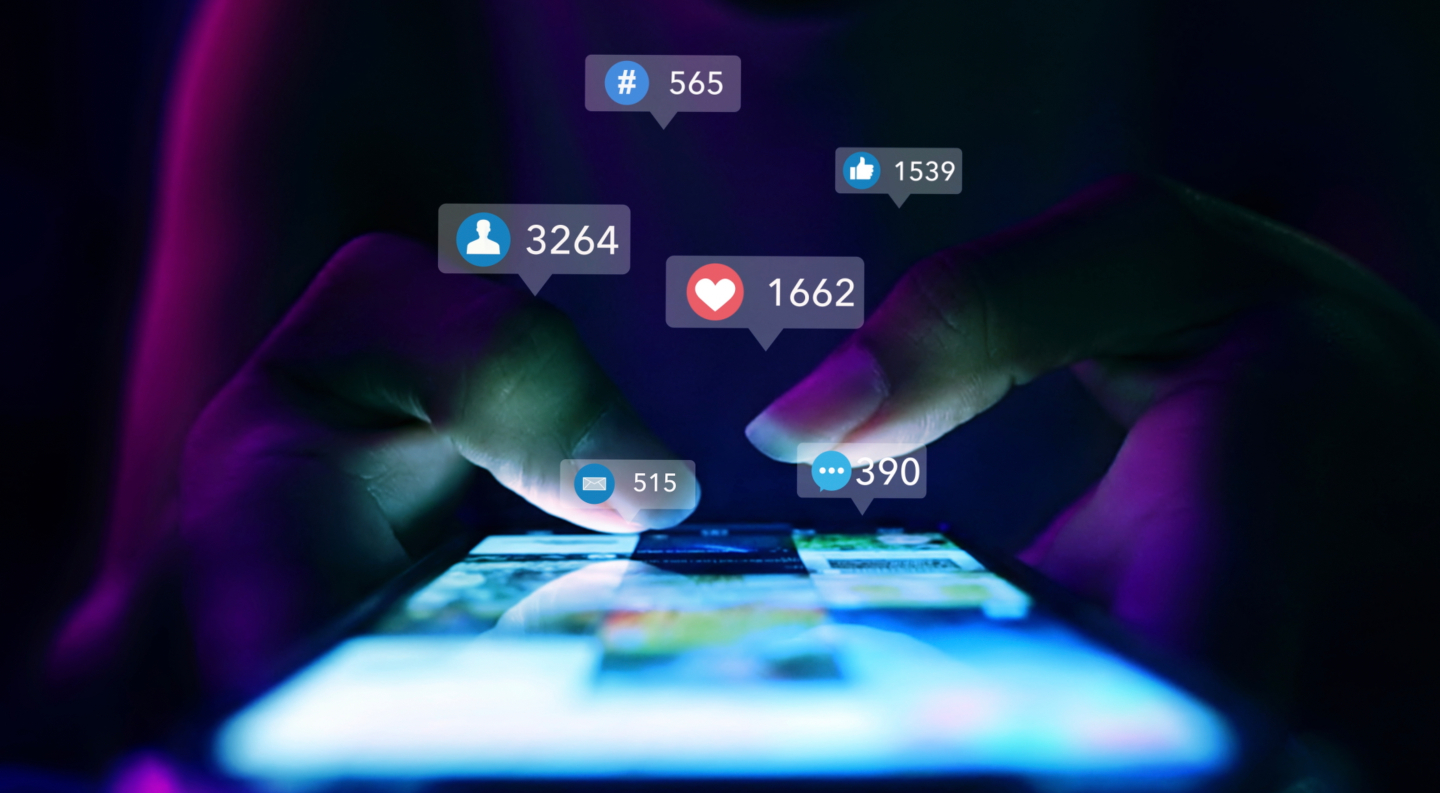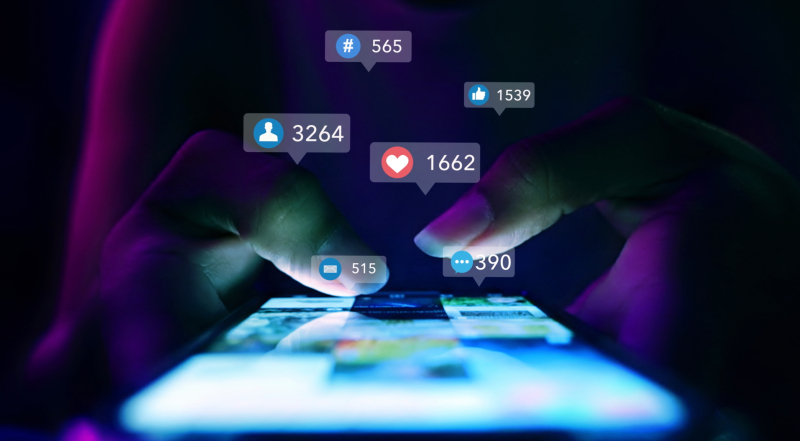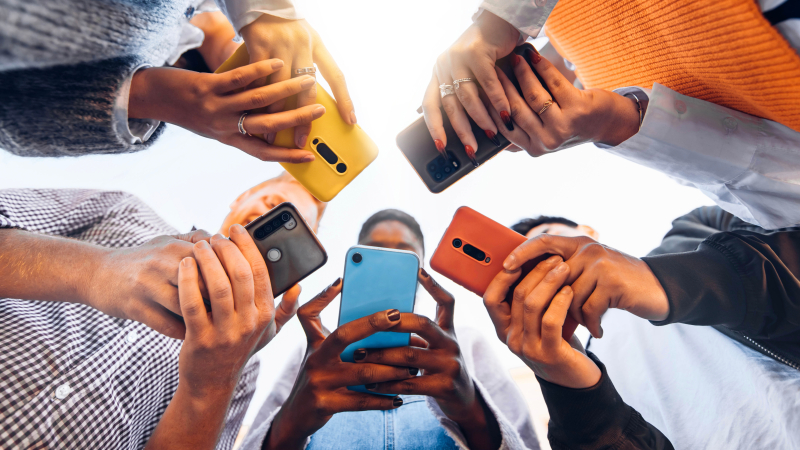 slovenščina
slovenščina
 hrvatski
hrvatski
 English
English
“What does Generation Z want?” “What do they like?” “Who even are they?”
These are questions we constantly hear in marketing—from clients, colleagues, and even ourselves. And honestly, we’re starting to repeat ourselves a bit. Too often, we talk about Generation Z as if they were a completely different species, rather than just a younger generation learning to navigate the world in their own way.


Some of you might remember the sci-fi movie In Time with Justin Timberlake, where time became currency. At first glance, it’s fiction but in reality, it’s very close to today’s world. As digital media researcher Lev Manovich points out: if a product is free, like Facebook, Instagram, or TikTok, then the actual product is the user or more precisely, their data. And Generation Z recognized this quickly.
One of the most common claims is that they have a short attention span. But that’s not entirely true. They don’t have less attention than others; they just don’t want to waste it on things they don’t consider worth their time.
What often seems like distraction is actually the ability to filter quickly. Generation Z grew up with established and active social media and has learned to assess within seconds what is worth their time. If the content is irrelevant or insincere, they skip it without guilt.
A 2021 study showed that young people do admit they can be easily distracted, but when the work is meaningful, they can focus exceptionally well. This applies outside of work, too: it’s true that they can scroll through twenty short clips in a minute, but they can just as easily binge an entire series or spend hours on a podcast that interests them.
In a time when marketing is becoming increasingly personal, it’s almost insulting to young people when brands address them with stereotypical assumptions that aren’t true at all. Such messaging says more about the brand itself than about the audience it’s trying to reach. Generation Z has a keen enough “nose” to instantly detect whether something is authentic or just empty words.


We often hear that their attention span is only eight seconds—shorter than a goldfish’s. But that simply isn’t true. First, goldfish actually have a pretty good memory (they can remember things from up to five months ago). Second, this statistic isn’t about attention span length; it’s about how quickly they decide whether content is worth their time.
On TikTok, for example, we have three to five seconds to grab a viewer’s attention. A 2025 TikTok advertising study by Nobelson Sitohang showed that if nothing catches the viewer in that time, interest drops sharply. But if the content feels authentic and useful, people stay, share it, and even engage. So, the issue isn’t the length of attention—it’s the value of the content.


In the past, a standard TV ad could be a full minute or more—just enough time for a mini-story and brand-focused attention. Today, that luxury is gone. Thirty to fifteen seconds has become the norm, and digital ads are often even shorter. Every second counts.
For years, storytelling has been celebrated as the holy grail of advertising. Stories move people and make messages memorable. But stories require time, and time is exactly what Generation Z isn’t willing to give without a reason.
That’s why micro-stories have emerged—short narratives that condense the essence into just a few seconds. If done well, they still have a beginning, middle, and end. They still make us feel something. And when they’re really good, young people don’t just watch them—they share them and become part of the story themselves.


Time is today our most valuable currency. And many brands simply don’t know how to “pay” it. If the content is shallow or insincere, Generation Z won’t invest a single second. But when we offer value, honesty, and meaning, we gain more than just a moment of attention—we earn their trust and often their loyalty as well.
Does Generation Z really have a short attention span? No. But they do have a faster and stricter filter than previous generations. Why would anyone waste time on content that’s boring or empty?
For us in marketing, the lesson is clear—but uncomfortable. The crisis isn’t in young people’s attention; it’s in our relevance. Too often, content is created that seems safe on paper but has no real chance of capturing interest. If the work is superficial, uninteresting, or inauthentic—like greenwashing* or pinkwashing**—we won’t get even those few seconds.
But when a brand shows real value, respects the audience’s intelligence, and quickly delivers something meaningful, Generation Z is willing to pay attention. In the end, it’s not a question of whether they are capable of longer focus, but whether we even give them a reason to invest their most valuable currency—time.
Greenwashing – when brands mislead about how environmentally friendly they are.
*Pinkwashing – when companies portray themselves as supporters of the LGBTQ+ community but do almost nothing in reality.


Diz, Maribel Rachel (2021). Gen Z and Millennials in the Workplace: How Are Leaders Adapting to Their Short Attention Span and How Will They Keep Them from Leaving?
Sitohang, Nobelson Abraham Gracia (2025). UI Design and Informative Usefulness in Influencing Gen Z's Purchase Intention: A Systematic Literature Review with Python-Based Analysis on the Mediating Role of Attention Span in TikTok In-Feed Videos.